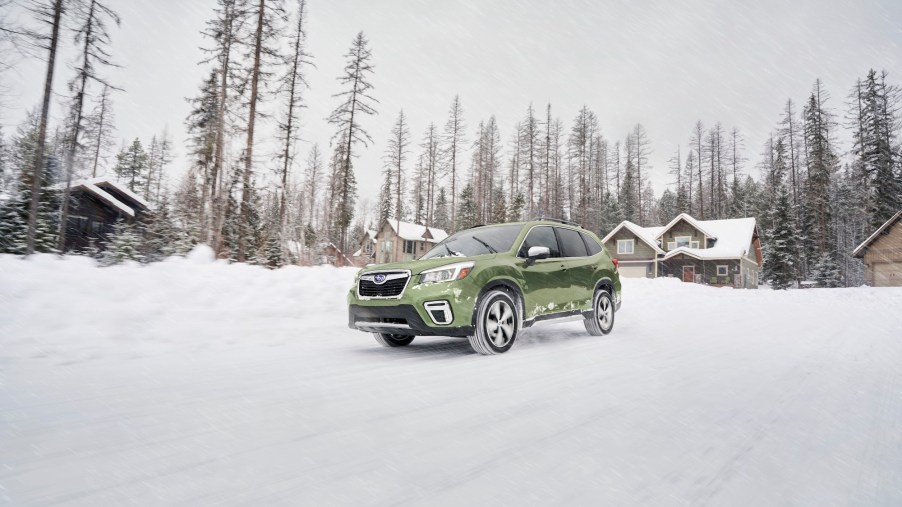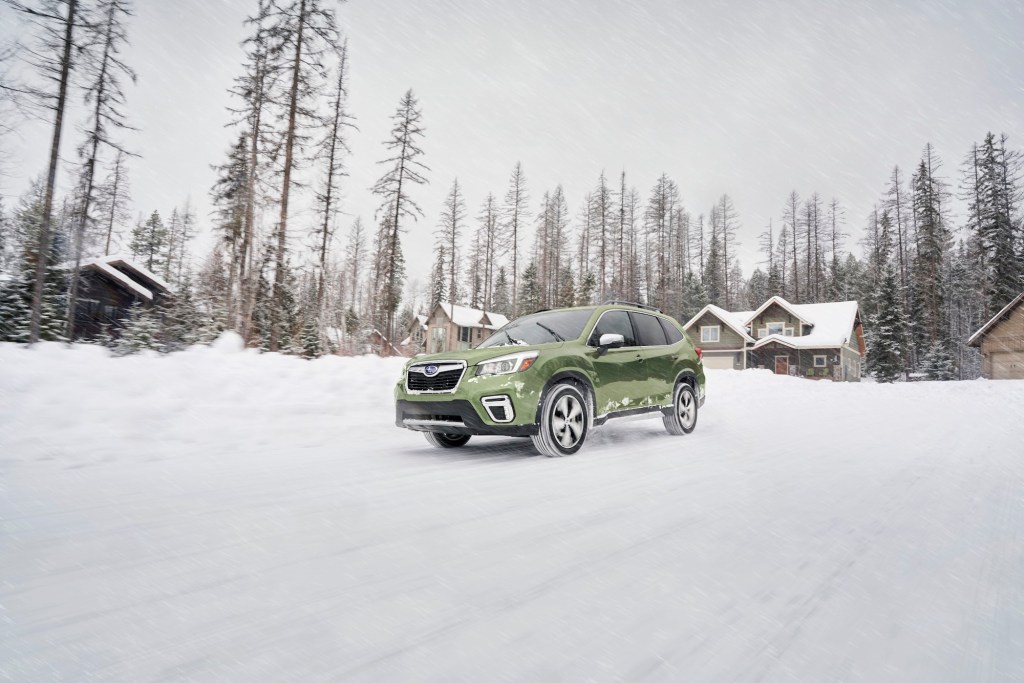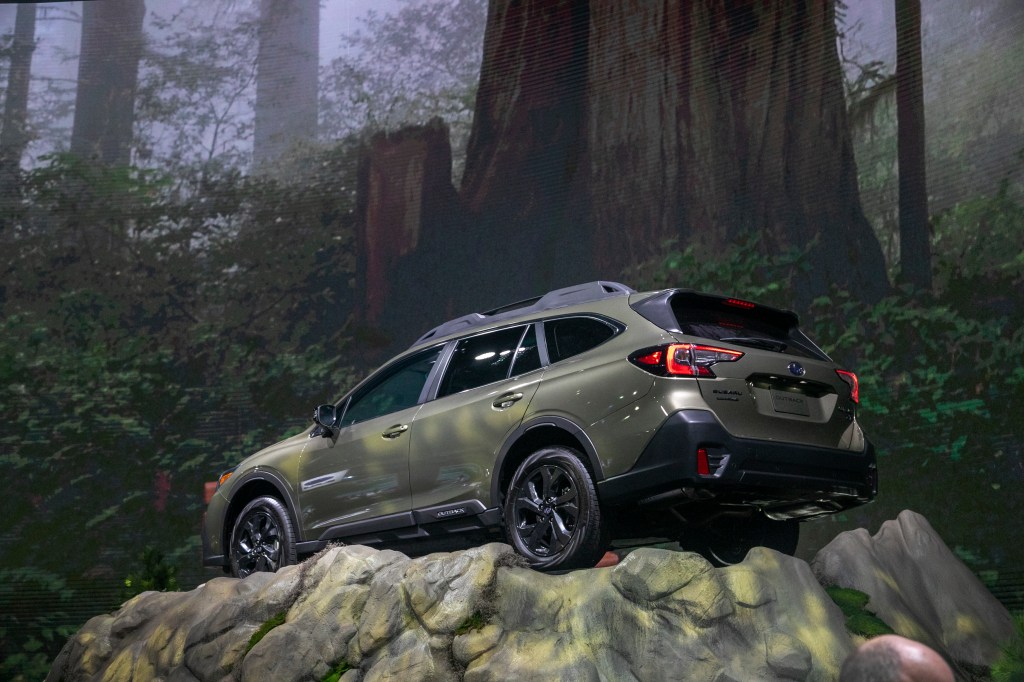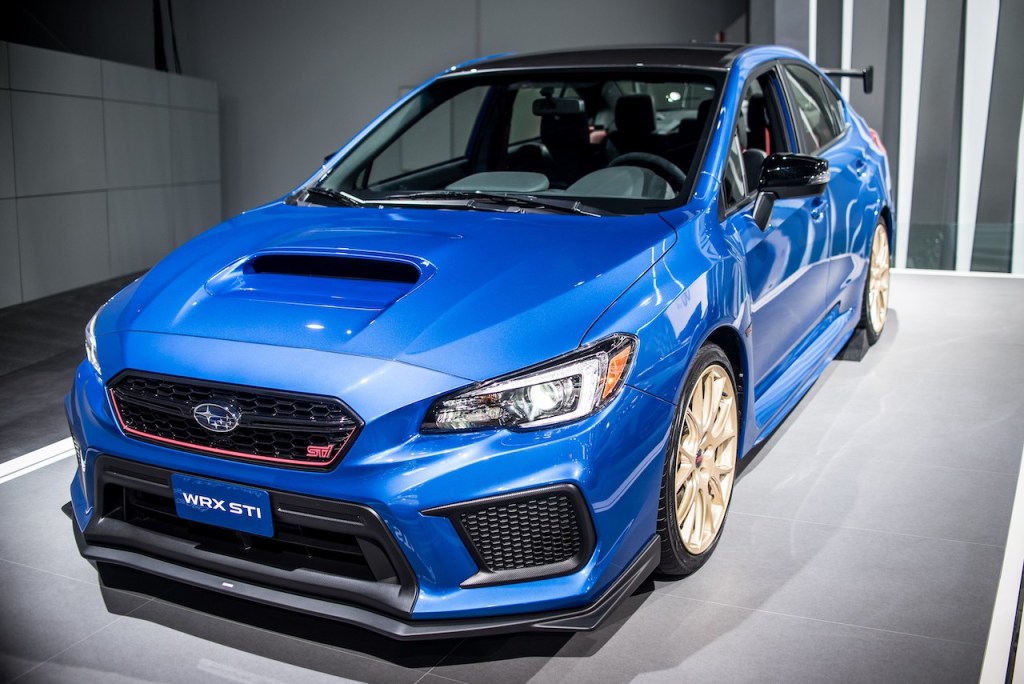
Which Subaru Model Is the Best in the Snow?
Driving in snow can be brutal depending on how inclement the weather is, but if you have the right car for the job, then it’s not that bad. That’s essentially what Subaru cars and SUVs are for, to get you through almost any type of terrain or winter weather you can throw them in. However, when it comes to picking the right one, we wondered which Subaru model would be the best when the white stuff hits the ground.
Subaru Symmetrical All-Wheel Drive
In order to figure out which Subaru model would theoretically operate the best in snow, we need to first understand how the brand’s all-wheel-drive system works. While the automaker does tout its Symmetrical All-Wheel-Drive system across all of its models, except the BR-Z, what it doesn’t tell consumers is that there are actually four different types of all-wheel-drive systems used across the lineup.

Viscous center differential (VCD)
The first type of all-wheel-drive system that Subaru uses is called the “viscous center differential” system in which the engine is connected to the transmission, which sends power to a center differential that splits power between the separate front and rear differentials. The front and rear differentials are “open” and the torque can be split to an even 50/50 while the brakes are utilized to reduce slip and improve wheel torque. This type of all-wheel-drive system is used in the models available with manual transmission including the Impreza, WRX, and the Crosstrek.
Active torque split
The active torque split system operates much like the aforementioned VCD system, except it uses a clutch pack in-between the front and rear differentials as opposed to a center differential. That clutch pack provides a 60/40 split between the front and rear axles, however, if more power is needed by any of the wheels, then the clutch pack locks up and sends power to the wheel that needs it. It’s labeled as being “active” because the computer makes adjustments to the clutch pack depending on how you’re driving.
For example, if you accelerate hard, then it will send more power to the rear wheels. This system is used on all CVT-equipped Subarus including the Legacy and Outback, but not on the Impreza WRX.

Variable torque distribution
The variable torque distribution system uses a planetary center differential in between the front and rear differentials in addition to the hydraulic clutch pack, which provides a 45/55 split in power between the front and rear axles. The system is also aided by a transmission control module that can adjust the power to wheels as needed. This system is only used on the Subaru WRX equipped with a CVT.
Driver controlled center differential (DCCD)
This system uses everything that the other system use, but a little more. To explain further, the DCCD system uses a helical limited-slip front differential and a Torsen-type rear differential that’s given power from two center differentials, one being a mechanical limited-slip differential and the other being an electronic locking clutch.
Additionally, the power is actively controlled by a transmission control module and, to add a cherry on top, the driver can manually control the system via switches in the center console, hence the name of the system. This type of all-wheel-drive configuration is only offered on the WRX Sti model as it’s probably the closest system to what rally drivers use in their race cars.

Which Subaru model is the best in the snow?
To sum it up, the Subaru WRX STi would technically handle the snow, as well as almost any other terrain, better than any other model in the lineup. However, if you’re not into buying a rally-bred streetcar, then you can rest assured that any of the CVT-equipped models, including the Forester, Legacy, and the Outback that are equipped with the active torque split system will operate just fine in inclement weather.



